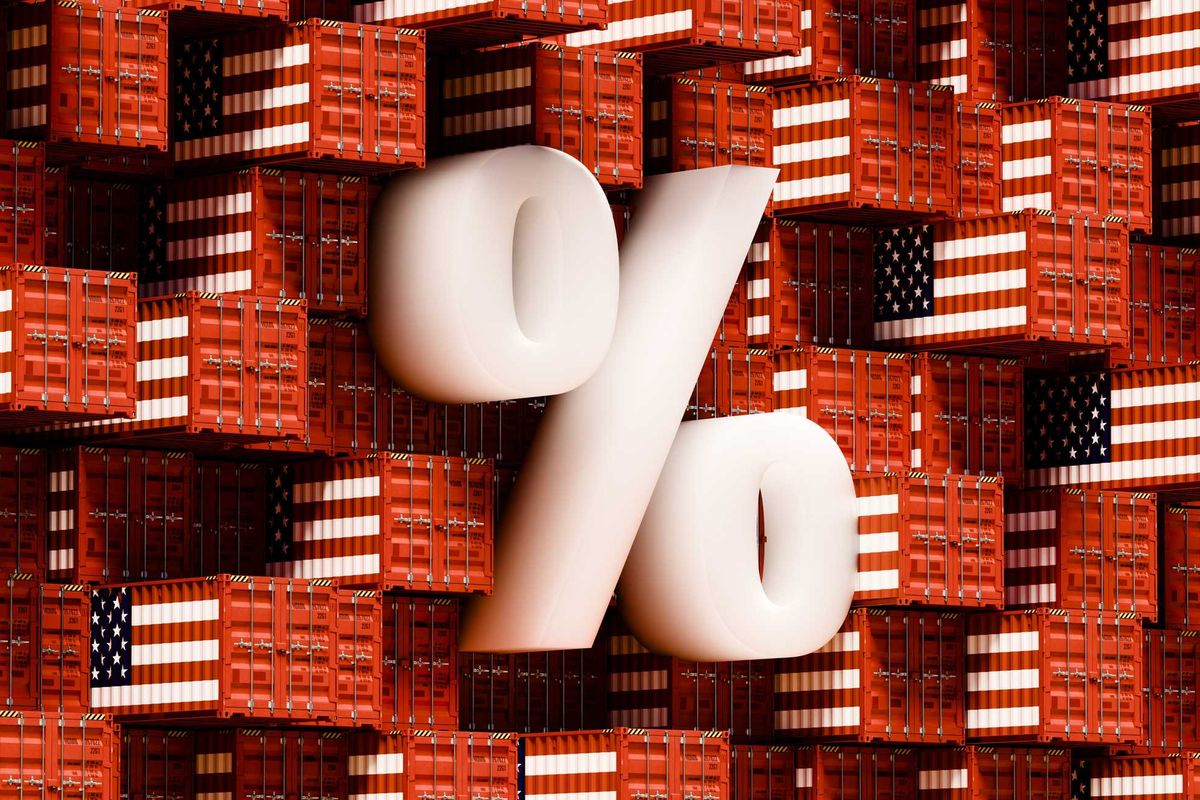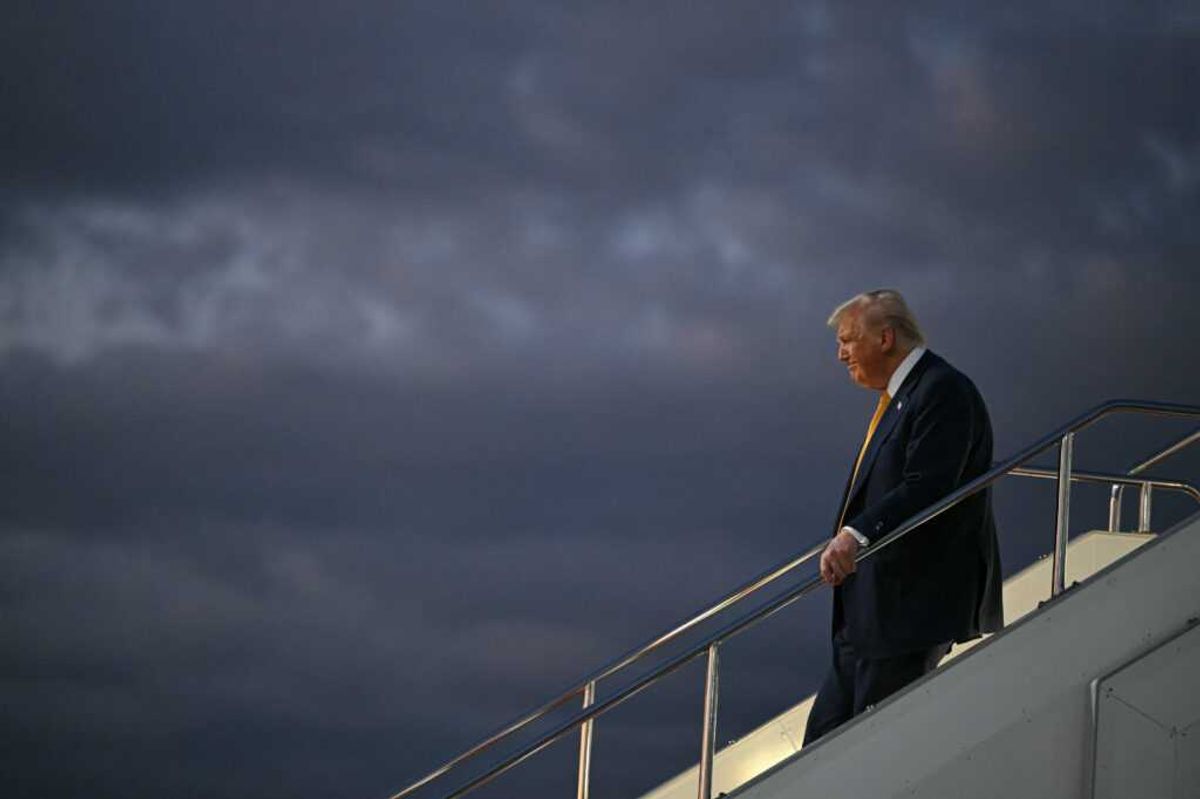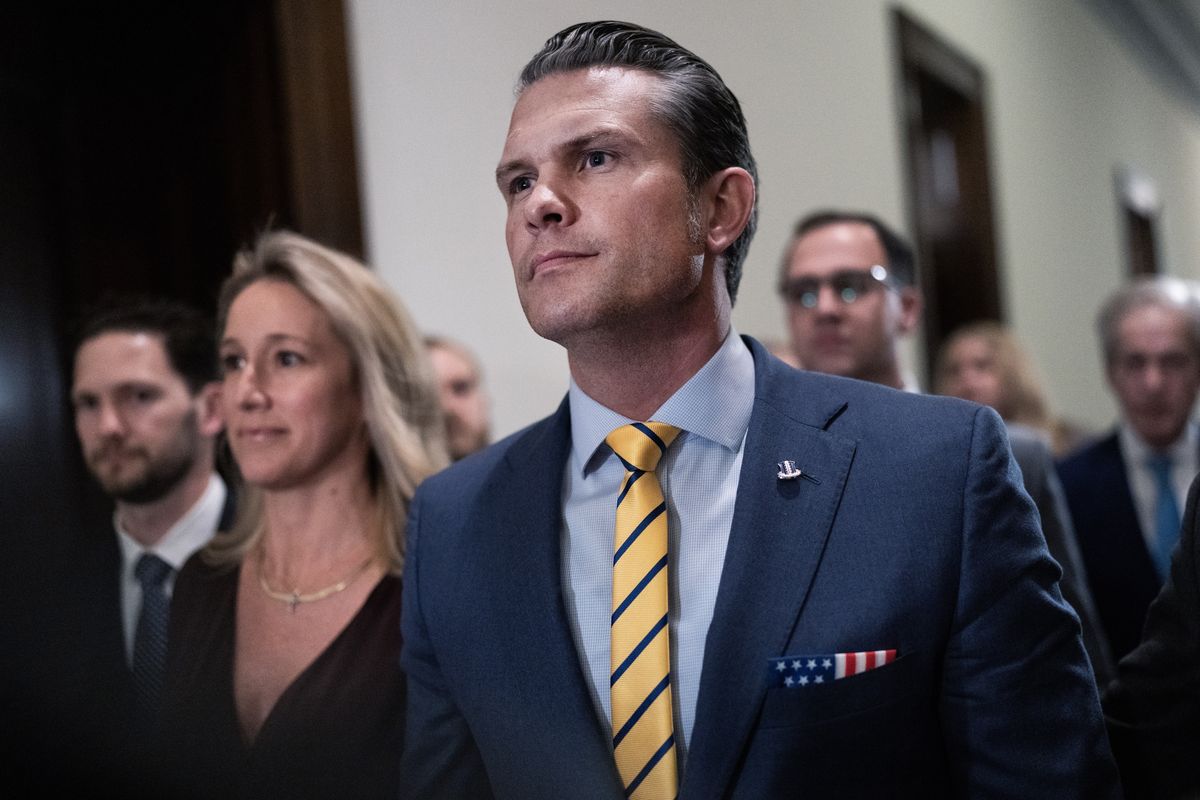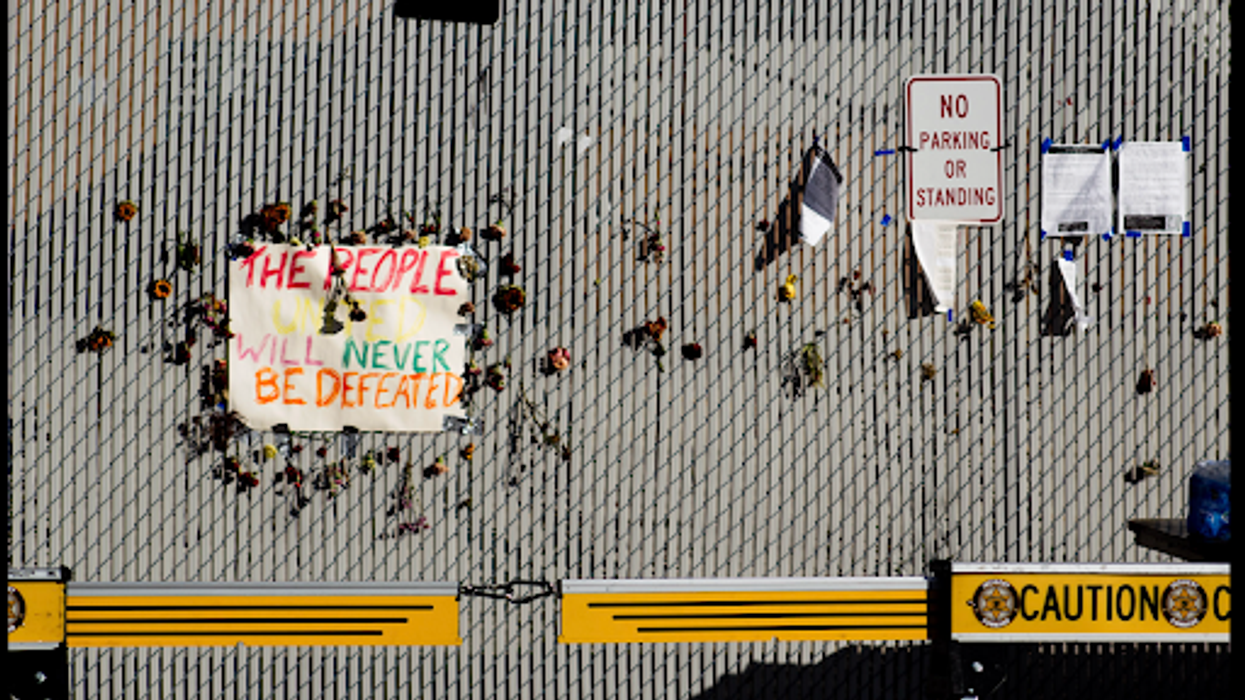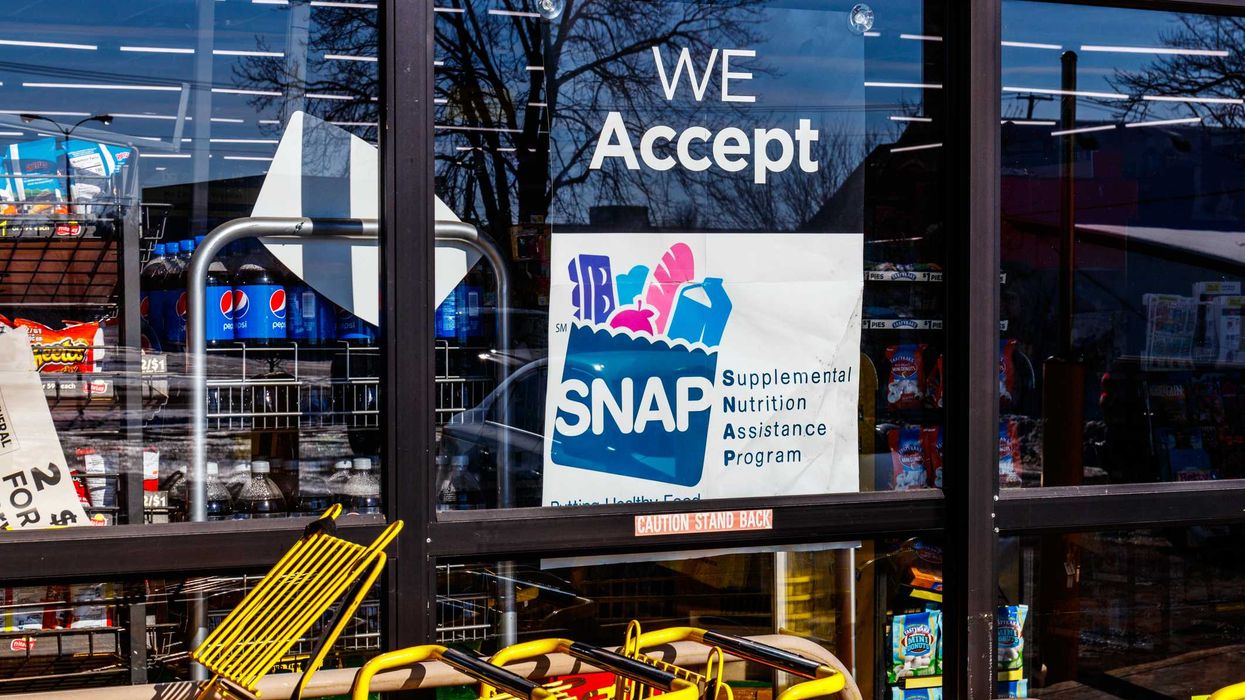Last week, Tether, the world’s largest dollar-backed stablecoin, claimed it had reached 500 million users. That figure, while hard to verify, reflects a growing reality: in countries like Argentina, Nigeria, and Turkey, people are turning to digital dollars not to speculate, but to survive. Inflation eats away at savings, banks are unreliable or inaccessible, and local currencies often fail to hold value. In these places, stablecoins offer a lifeline.
What started as a niche experiment in cryptocurrency has grown into a $300 billion market. That’s larger than the GDP of many countries. Stablecoins now serve as a kind of shadow dollar system, operating outside traditional banking channels. They settle transactions in seconds, run 24/7, and offer transparency through public blockchains. In regions where correspondent banking networks are shrinking, these tokens fill a critical void.
Optimists believe stablecoins could replace legacy payment systems within a decade. That’s not just a technical shift - it’s a geopolitical one. The United States has taken notice. In July, President Trump signed the GENIUS Act, a law that regulates “payment stablecoins” and requires issuers to hold reserves in high-quality assets like Treasury bills. It also gives holders priority in case of insolvency. The goal is clear: to reinforce demand for U.S. Treasuries and preserve the dollar’s role as the world’s reserve currency.
But the dollar’s dominance is no longer guaranteed. Its share of global central bank reserves has dropped to 56 percent, the lowest in 30 years when adjusted for currency fluctuations. Sanctions on Russia have pushed countries to explore alternatives, including China’s CIPS payment system. SWIFT still handles most cross-border transactions in dollars, but its grip is weakening. Stablecoins, by contrast, extend dollar access to the unbanked and underbanked, potentially locking in U.S. influence in places where traditional banking has failed.
Still, the strategy has cracks. The idea that stablecoins will drive massive demand for U.S. Treasuries is shaky. Tether holds around $130 billion in short-term Treasury bills - just 2 percent of the total market. Even if the stablecoin sector doubles, it would still only absorb short-term debt. The long-term funding that Washington relies on comes from central banks and allied governments. There is little evidence that stablecoins are replacing these traditional buyers.
There’s also a risk that the Treasury could become too dependent on short-term debt. Issuing more bills might save money in the short run, but it increases rollover risk. These instruments mature quickly, requiring constant refinancing. If interest rates spike or markets panic - as they did in March 2020 - the government could face a liquidity crunch at the worst possible time.
And then there’s the question of stability. Stablecoins are essentially digital IOUs, backed by reserves that users must trust. That trust can evaporate quickly. In October, Ethena’s USDe, the third-largest stablecoin, dropped to 65 cents during a wave of liquidations. It recovered, but only after hours of chaos. Holders of these tokens don’t have senior claims in bankruptcy. They’re unsecured creditors. Bank of England Governor Andrew Bailey has warned about the risk of “digital bank runs” and the lack of transparency in reserves. The IMF has echoed those concerns, urging caution as stablecoins gain traction.
For developing countries, the risks are even greater. Dollar stablecoins could trigger a new wave of dollarization, similar to what Latin America experienced in the 1980s or Asia in the late 1990s. When the Federal Reserve raises interest rates, local currencies weaken, and the economic pain deepens. Governments lose control over their monetary policy, becoming beholden to decisions made in Washington.
The GENIUS Act may bring regulatory clarity in the U.S., but many stablecoin issuers operate in legal gray zones abroad. Security flaws remain a concern - hacks, phishing attacks, and lost keys are common. Even central bank digital currency pilots have struggled to move beyond limited trials and speculative use.
Tether’s reach is enormous. With $182 billion in circulation and annual profits approaching $15 billion, it has become a major player in global finance. It offers financial inclusion in places where banks won’t go. But by outsourcing dollar access to private companies, the U.S. is tying its currency to their fortunes. That means exposure to market volatility, regulatory uncertainty, and the risk of sudden collapses.
Washington is betting that digital dollars will reinforce its global position. JPMorgan estimates that stablecoins could generate $1.4 trillion in added demand by 2027. But history offers plenty of cautionary tales. Easy money often ends in crisis. Stablecoins may represent American innovation, but they also expose vulnerabilities in the financial system.
This is the paradox of our time. Tools that empower individuals and nations can also deepen dependence on U.S. policy and reveal weaknesses at home. If stablecoins are governed wisely, they could reshape how the dollar functions in the world. If not, they may slowly undermine it. The choice lies with Washington - and with the rest of the world watching closely.
Imran Khalid is a physician, geostrategic analyst, and freelance writer.
